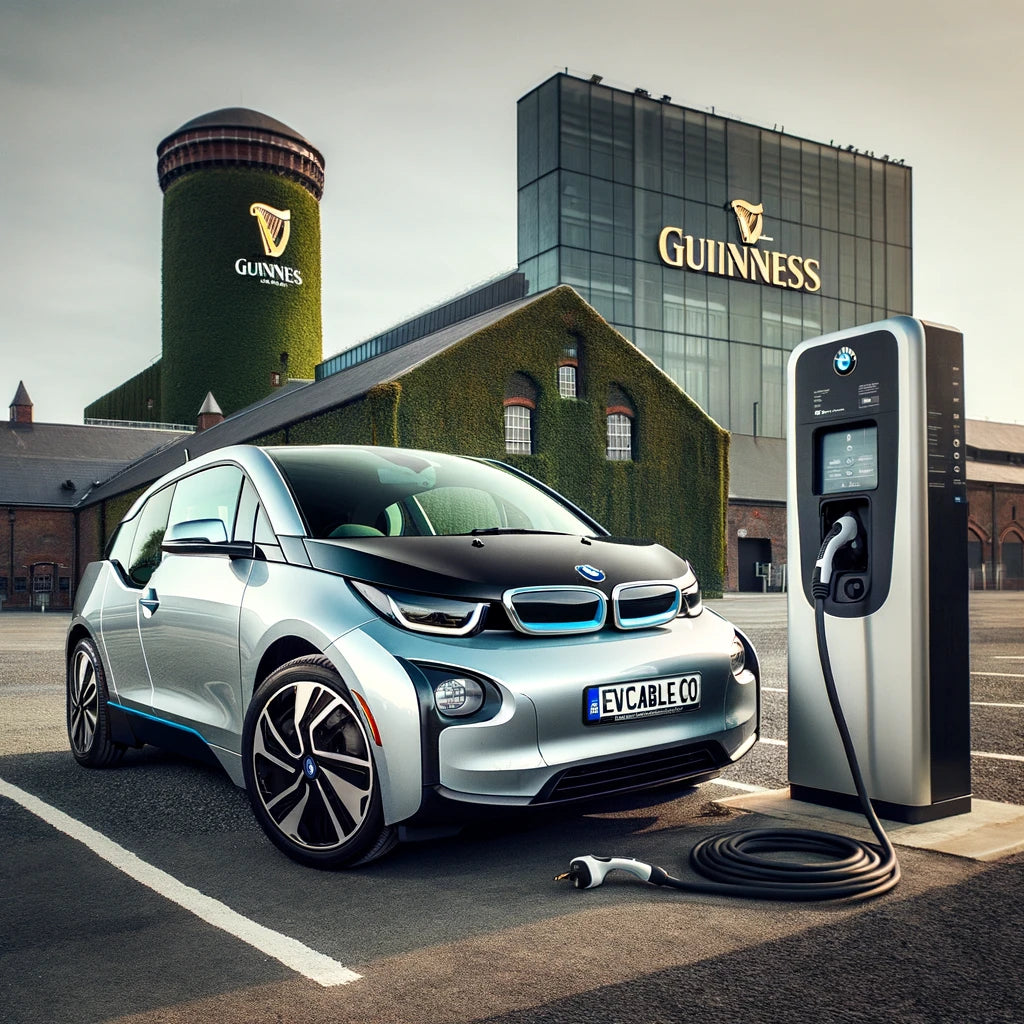The BMW i3 is a stylish and practical electric car that has been a popular choice for city dwellers and eco-conscious consumers. It offers a spacious interior, a long range, and a host of features that make it a compelling choice for EV enthusiasts.
Specs
- Two variants: i3 and i3s
- 134 kW (180 PS) motor in i3, 184 kW (248 PS) motor in i3s
- 42.2 kWh battery capacity
- EPA range of 286 miles (i3) and 282 miles (i3s)
- 0-60 mph acceleration of 7.3 seconds (i3) and 6.2 seconds (i3s)
- Top speed of 114 mph (i3) and 117 mph (i3s)
Charging
The BMW i3 can be charged using a variety of methods, including:
- Level 2 charging: This is the most common way to charge EVs in homes and public places. It uses a 240-volt outlet and can take 6-8 hours to fully charge the i3.
- DC fast charging: This is a faster way to charge EVs and uses a high-voltage outlet. It can take as little as 30 minutes to fully charge the i3.
Charging Ports
The BMW i3 has two charging ports:
- Type 2 AC charging port: This is the most common type of charging port in Europe and North America. It is compatible with a wide range of chargers, including Level 2 chargers and some DC fast chargers.
- CHAdeMO DC fast charging port: This is a less common type of charging port, but it is faster than AC charging. It is compatible with a growing network of DC fast chargers.
Charging Time
The charging time for the BMW i3 will depend on the type of charger used.
| Charger Type | Charging Time |
|---|---|
| Level 2 charging (100%) | 6-8 hours |
| DC fast charging (80%) | 30 minutes |
Maximum Power
The maximum power that can be drawn from the i3's battery is:
- 50 kW for AC charging
- 95 kW for DC fast charging
Battery Range
The EPA range of the BMW i3 is 286 miles (i3) and 282 miles (i3s). However, this range can vary depending on driving conditions and the use of climate control.
Changes to Charging Ports and Battery Capacity
The BMW i3 has undergone a few changes since it was first introduced in 2013. The most significant change was the introduction of a larger battery pack in 2015. This battery pack increased the range of the i3 from 190 miles (305 km) to 286 miles (459 km) for the i3 and 282 miles (454 km) for the i3s.
The i3 has also received a few updates to its charging ports. In 2020, the CHAdeMO DC fast charging port was replaced with a CCS2 DC fast charging port. This means that the i3 can now be charged using a wider variety of DC fast chargers.
Conclusion
The BMW i3 is a versatile and practical electric car that offers a long range, a stylish design, and a host of features that make it a compelling choice for EV enthusiasts.




